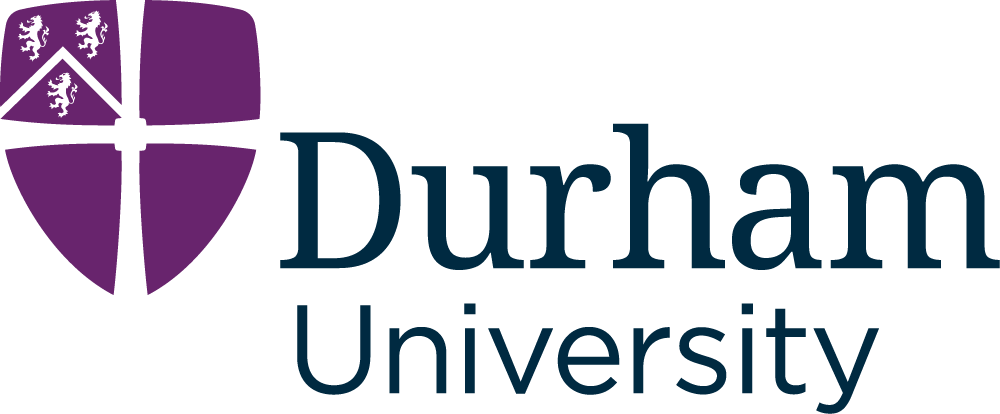



No seminars in the coming week. (Seminars only run sporadically outside term time.)
Click on series to expand.
Back to Homepage
Contact: arthur.lipstein@durham.ac.uk
No upcoming seminars have been scheduled (not unusual outside term time).
Usual Venue: MCS2068
Contact: yohance.a.osborne@durham.ac.uk
No upcoming seminars have been scheduled (not unusual outside term time).
Usual Venue: MCS3070
Contact: andrew.krause@durham.ac.uk
No upcoming seminars have been scheduled (not unusual outside term time).
Usual Venue: MCS2068
Contact: herbert.gangl@durham.ac.uk
No upcoming seminars have been scheduled (not unusual outside term time).
Usual Venue: OC218
Contact: mohamed.anber@durham.ac.uk
For more information, see HERE.
No upcoming seminars have been scheduled (not unusual outside term time).
Usual Venue: MCS0001
Contact: inaki.garcia-etxebarria@durham.ac.uk,sunil.chhita@durham.ac.uk
No upcoming seminars have been scheduled (not unusual outside term time).
Usual Venue: MCS0001
Contact: sabine.boegli@durham.ac.uk,alpar.r.meszaros@durham.ac.uk
No upcoming seminars have been scheduled (not unusual outside term time).
Usual Venue: MCS3052
Contact: andrew.krause@durham.ac.uk
No upcoming seminars have been scheduled (not unusual outside term time).
Usual Venue: MCS3070
Contact: daniel.n.disney@durham.ac.uk
No upcoming seminars have been scheduled (not unusual outside term time).
Usual Venue: MCS2068
Contact: fernando.galaz-garcia@durham.ac.uk
Jan 15 13:00 Léo Schelstraete (MPI Bonn): TBA
Venue: MCS2068
Jan 22 13:00 Chunyang Hu (Durham University): TBA
Venue: MCS2068
Feb 05 13:00 Sarah Whitehouse (Sheffield): TBA
Venue: MCS2068
Feb 12 13:00 Tom Nye (Newcastle): TBA
Venue: MCS2068
Feb 26 13:00 Brendan Guilfoyle (Munster Technological University): TBA
Venue: MCS2068
Mar 06 13:00 Julian Scheuer (Goethe University Frankfurt): TBA
Venue: MCS2068
Mar 12 13:00 Andy Wand (Glasgow): TBA
Venue: MCS2068
Usual Venue: MCS3070
Contact: mendel.t.nguyen@durham.ac.uk
No upcoming seminars have been scheduled (not unusual outside term time).
Usual Venue: MCS0001
Contact: p.e.dorey@durham.ac.uk,enrico.andriolo@durham.ac.uk,tobias.p.hansen@durham.ac.uk
No upcoming seminars have been scheduled (not unusual outside term time).
Usual Venue: MCS2068
Contact: tyler.helmuth@durham.ac.uk,oliver.kelsey-tough@durham.ac.uk
No upcoming seminars have been scheduled (not unusual outside term time).
Usual Venue: MCS2068
Contact: michael.r.magee@durham.ac.uk
No upcoming seminars have been scheduled (not unusual outside term time).
Usual Venue: MCS3070
Contact: joe.thomas@durham.ac.uk
No upcoming seminars have been scheduled (not unusual outside term time).
Usual Venue: MCS2068
Contact: hyeyoung.maeng@durham.ac.uk,andrew.iskauskas@durham.ac.uk
Jan 26 13:00 Adam Iqbal, Rakan Al Rekayan (Durham): TBA
Venue: MCS2068
Feb 02 13:00 Jon Cockayne (Southampton): TBA
Venue: MCS2068
Feb 09 13:00 Juraj Medzihorsky (Durham): TBA
Venue: MCS2068
Feb 16 13:00 Vanda Inacio (Edinburgh): TBA
Venue: MCS2068
Feb 23 13:00 Long Tran-Thanh (Warwick): TBA
Venue: MCS2068
Mar 02 13:00 Helen Ogden (Southampton): TBA
Venue: MCS2068
Mar 09 13:00 Irini Moustaki (LSE): TBA
Venue: MCS2068
Mar 16 13:00 Mengchu Li (Birmingham): TBA
Venue: MCS2068
Contact: adam.stone2@durham.ac.uk
No upcoming seminars have been scheduled (not unusual outside term time).
These link to some of the special events hosted by the Department: